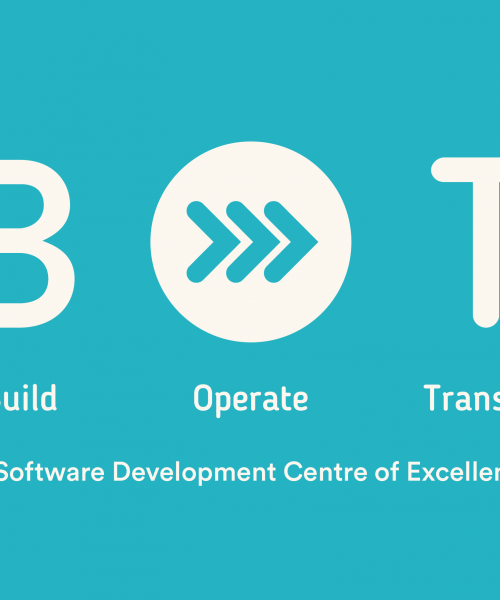The Agility concept tends to be overused in a business context. Agile transformation has become an increasingly common injunction. Yet, making Agility fit every occasion doesn’t guarantee that the basic principles are correctly applied. It is essential to ensure that the Agile concept and culture is well understood by all stakeholders.
To enjoy an Agile culture, most companies are engaged in an Agile transformation process. If done right, organizations will enjoy the fruits of a brand-new culture which bolster organization’s performance. To help foster this new culture for customers, our company invested time and resources in developing an Agile training program.
Reasons of implementing Agile transformation
- The Importance of terminology
Industry is shifting from applying Agility in software development to production of goods or services in general. This, in return will provide company with a good competitive advantage. In other terms, our consultants support customers in different IT and business environments.
- Building & adopting Agile culture, rather than applying bluntly a prescribed project management recipe
Make no mistake in giving priority to cutting edge technology. Therefore, this will provide the means of building, nurturing and adopting new technologies.
- Agile is a journey rather than a goal in itself
As Agile is not prescriptive in the way of adopting an initial plan, it leaves room for the organisation to learn and adapt. On their way to accomplish business goals, teams experiment and learn, building up knowledge and skills.
- Agile is iterative
The behavioural and cultural shift of an organisation is not a sudden and fast change. Therefore, daily improvements amount for big changes over time. Nurturing a learning culture, giving opportunity to people to improve organization effectiveness amounts to performance improvement over time.
Our Agile training program
The purpose of this training is to state clear what is Agile, how to put it in practice and how to live the Agile culture. Every of the 7 steps of the learning path empowers our coworkers “doing” and “being” Agile.
Our training starts from the midst of optimizing goods production up to Agile principles. From here, we develop preparedness for Scrum work frame application. Roles and ceremonies are central here. This first step gives a hands-on experience to our coworkers. They clearly identify everyone’s responsability and understand how functions come together to achieve a common goal, the final product.
Then, a second presentation features artifacts, as industry overflows with mixed concepts attached to Scrum. We also tackle the delicate interpretation of KPIs in Scrum, with an emphasize that indicators should not be used in a carrot and stake scenario. Rather, we highlight the learning curve that any team should engage: analyzing past performance and identifying room for improvements to perform better in near future.
Following these two sessions providing basic knowledge of scrum, we put into practice two modules dedicated to certification candidates. They focus on Scrum Master and Product Owner functions. These two modules shed light on managing and performing releases with a focus on goal achievement.
Moreover, a list of recommendations completes this set of presentations, including online and offline resources.
For the certification candidates we put in place a system consisting of a mock exam that resembles the live version. More than this, our colleagues who prove a solid preparation for the exam, receive full support from company’s management.
Finally, exams and certifications are provided by the well-known Scrum.org. Candidates may either be certified as Scrum Masters or Product Owners. Certifications are recognized worldwide and our company fully sponsors the examination.
Conclusion
To conclude, including agility in our training programs leads to a win-win situation: company’s services get a quality uplift and our consultants build up their career stronger. We trust this training is a viable assurance for our customers that their Agile journey will be smooth and enjoyable, bearing fruits of success for years to come.










